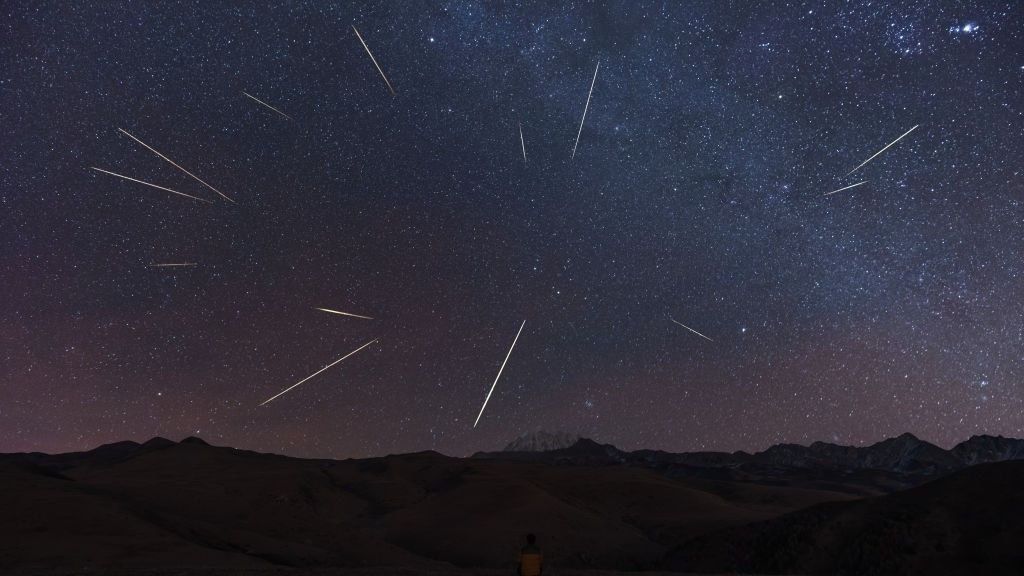
Earth is constantly getting pummeled by meteorites. We are unaware of most of them, as they burn up in our atmosphere before they hit the ground. Every now and again, though, something larger gets drawn into Earth’s gravitational field — and when this happens, it usually spells bad news for any life living on our planet’s surface.
Scientists know that the vast majority of meteorites that come crashing down to Earth originate from the solar system‘s main asteroid belt: a region between Mars and Jupiter where irregularly shaped rocks left over from the formation of the solar system crash into and bounce off each other during their journeys around the sun.
In new research, however, an international team of scientists are claiming to have identified three young, distinct asteroid families in the main asteroid belt as the source of 70% of Earth’s meteorites. “Asteroid families” refer to a population of asteroids, which could be composed of a handful or hundreds of fragments that likely originate from a past asteroid collision.
Using a telescopic survey to determine the composition of the main families of asteroids in the main asteroid belt and tapping into computer simulations to map the colossians and evolution of these families, researchers were able to reveal which three families the vast majority of Earth’s meteorites likely come from.
Related: Meteor showers and shooting stars: Formation and history
Namely, they originate from the Karin, Koronis and Massalia asteroid families, which formed from collisions in the main asteroid belt that occurred about 5.8 million, 7.5 million and 40 million years ago, respectively. In particular, the Massalia family is said to be responsible for 37% of known Earth meteorites.
Until now, 6% of meteorites had been identified ( via their compositions) as coming from the moon, Mars or Vesta, which is one of the largest objects in the main asteroid belt. Where the other 94% originated from had remained something of a mystery.
Related stories:
So, why are these young asteroid families the source of so many meteorites? Younger families of asteroids, broken up by relatively recent collisions, are composed of more fragments, which means they are more likely to have fragments that escape the main asteroid belt, possibly in the direction of Earth. As time rolls on, families get older and slowly lose their fragments, becoming less of a source for meteorites.
Nonetheless, let’s hope there isn’t a kilometer-size asteroid waiting in the main belt with our name on it.



